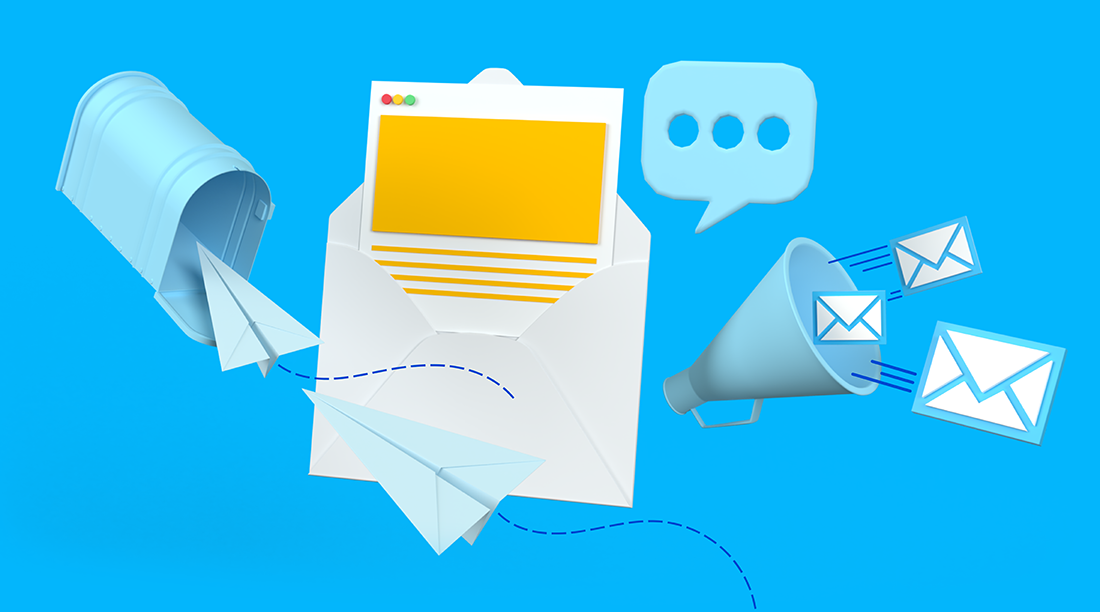Need details on how to send a successful email marketing campaign? Here’s everything you need to know.The key to any successful email marketing campaign is knowing your target audience and continually optimizing your campaigns to build on your success. Everything from targeting the audience to personalizing emails plays a role in getting those coveted opens, clicks, and purchases. If you’re less than satisfied with your email marketing campaign results, try one or all of the following tips to give your email marketing campaign performance a boost.
Basic Email Marketing Campaign Optimization Tips
If you’re getting started with email marketing, here are the fundamental things you must do to set your campaigns on a path toward success.
1. Know Your Audience
If your message is for everybody, it’s for nobody. Generic emails don’t cut it anymore: today’s customers expect the brands they interact with to send personalized communications and highly relevant offers. However, to send personalized emails, you have to understand your audience beyond their demographics.
What are their interests, needs, and preferences?
When and how do they prefer to receive their emails?
What unique qualities set them apart from the general public?
What’s in it for the subscriber?
You won’t have the answers to these questions right away. However, with time and after several email campaigns, you’ll have enough data and insights to deeply understand each cohort of subscribers so that you can start segmenting them effectively.
2. Segmenting Your List
Whether you have 10, 100, or 1,000 subscribers, they probably don’t share the exact same needs, preferences, and interests. That means a batch-and-blast campaign would yield minimal benefits if any. When it comes to failed email marketing campaigns, there’s a commonality that many share: the campaign didn’t work because the sender sent the same message to everyone, regardless of their needs. For example, the person who wants to hear about offers on computer software gets a generic email featuring an update about new hardware.
3. Personalize Your Emails
Segmentation drives personalization. In other words, it lets you send emails that resonate with each segmented list. Keep in mind that segmentation goes beyond calling customers by name. Be sure to gather more granular details about each customer segment, and send them personalized offers, discounts, and more. Moreover, use language that will make your message resonate with the subscribers. Sending personalized emails makes it easier to build trust with your customer base because they’re able to see how you can anticipate their needs.
4. Check For Grammar and Errors
It goes without saying that your messages to your subscribers should be free of any grammar and spelling errors. You should also take care to edit the message to embody the tone and style that your brand is known for. Above all, remember that warm, persuasive, and engaging emails are most likely to hold the attention of your customers.
5. Keep Your Layout Simple
Don’t design your emails with too many graphics. Doing so could overwhelm your subscribers and land your emails in the spam folder. Instead, keep your layout simple so as to not take away from the main message the email is meant to convey. With a simple layout that utilizes whitespace appropriately, your key message will be succinct, clearly communicated, and easy to understand.


